Good afternoon everyone for all of our friends who are at Blurtter and have been joining Blurtter for a long time, hopefully we are always healthy and can always carry out activities as usual. So on this occasion I want to write a little bit about Coreidae | Photography hopefully later it can become a memory for myself, and for other friends who are already married, don't forget to also give directions and input if later in my writing there are still words- words that are not polite, therefore I apologize once again.

Backyard Beasts Is one of the animals we see most often, so it is very easy for us to get this photo, because Backyard Beasts are one of the easiest ladybugs to catch, so it is not difficult for us to get. And it looks like this Jewel Bugs is very pretty, and the colors are very bright if we use a camera that supports it, even though I only use a cheap and affordable camera. Even though it doesn't look very good at first glance, I accept it very carefully. And in the future we will try to be even better.
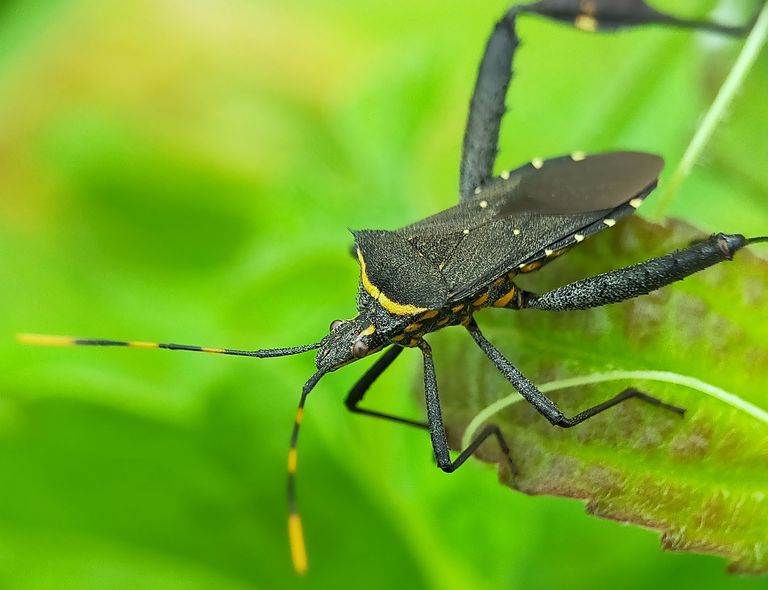
Coreidae is a large family of sap-sucking insects that we know, because it belongs to the suborder Heteroptera Hemipteran. The name Coreidae comes from the genus Coreus, which comes from the Ancient Greek word meaning bed bug. As a family, the Coreidae are cosmopolitan, but most species are tropical or subtropical. The common names of Coreidae vary regionally. Aphids refer to leaf-like expansions on the legs of some species, generally on the hind tibiae. In North America, the pest status of species such as Anasa tristis on pumpkins and other cucurbits gave rise to the name pumpkin insect. The Coreidae are called twig-wilters or tip-wilters in parts of Africa and Australia because many species feed on young twigs, injecting enzymes that damage the tissue of growing tips and cause them to wilt suddenly.


Coreidae are generally oval in shape, with antennae consisting of four segments, numerous blood vessels in the forewing membrane, and externally visible repugnatorial odor glands. Sizes vary from 7 to 45 mm, which implies that this family includes some of the largest Heteroptera species. His body shape is quite varied; some species are broad oval in shape, others are elongated with parallel sides, and some are slender. Many species have very slender "leaf-legged" tibiae with conspicuous expansion of the hind tibia, but some vigorous species have also decided on expansion. Some species are covered with spines and tubercles.
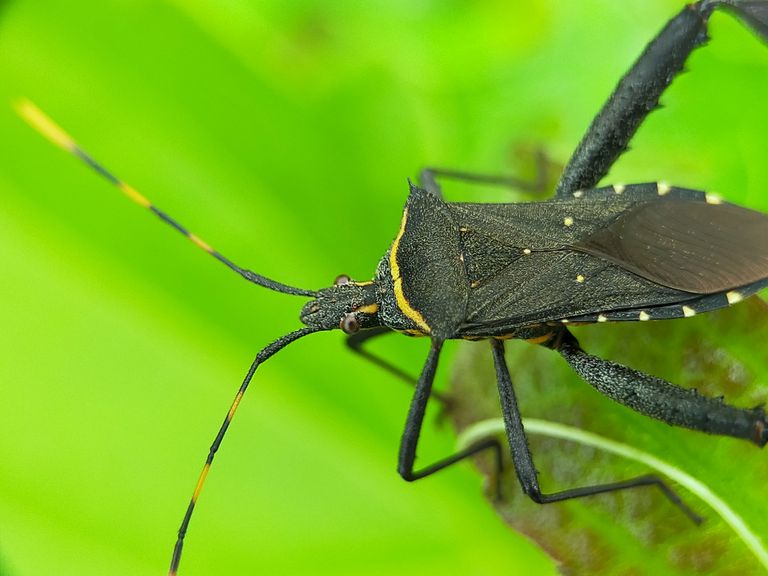
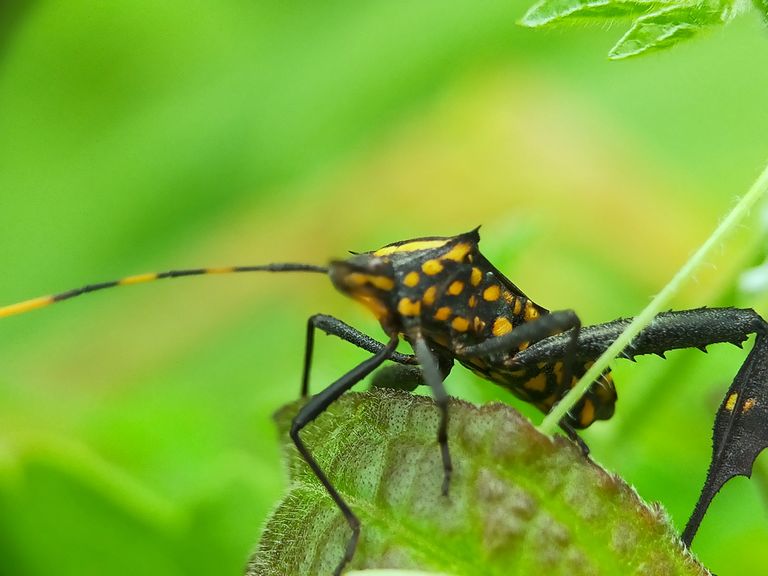
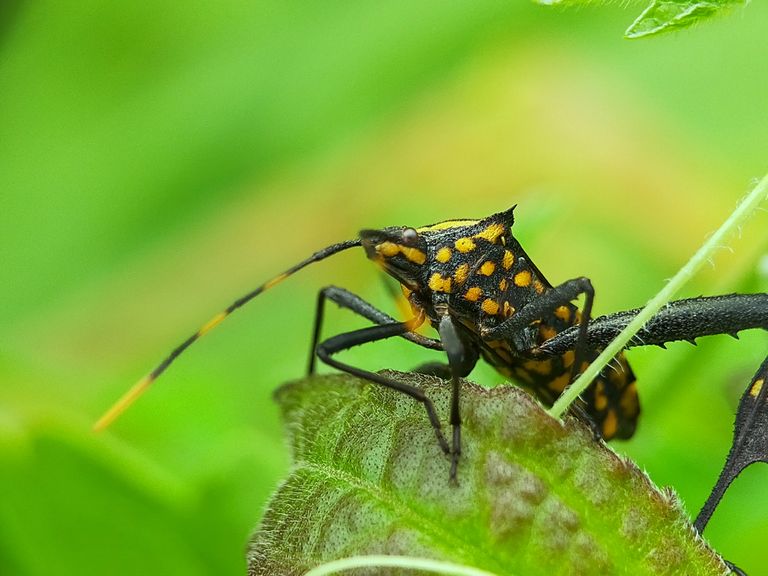
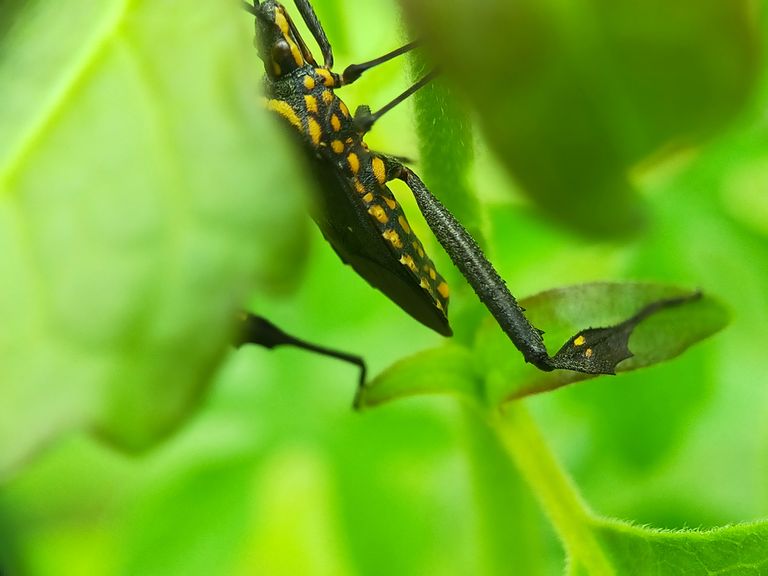
Many of the more robust species have oversized, thickened, bent hind femora armed with spikes on the inner edge, and with matching hind tibiae, although the enlargement of the tibiae is not excessive. In nymphs, the openings of the two Coreidae repugnatorial odor glands are seen as two protrusions or spots on the medial line of the dorsal surface of the abdomen, one anterior and one on the posterior edge of the fifth abdominal tergit above. glands in it. During the last ecdysis, the anatomy is rearranged and the gland ends in the metathorax, opening laterally through the ostium between the mesothoracic and metathoracic pleura.
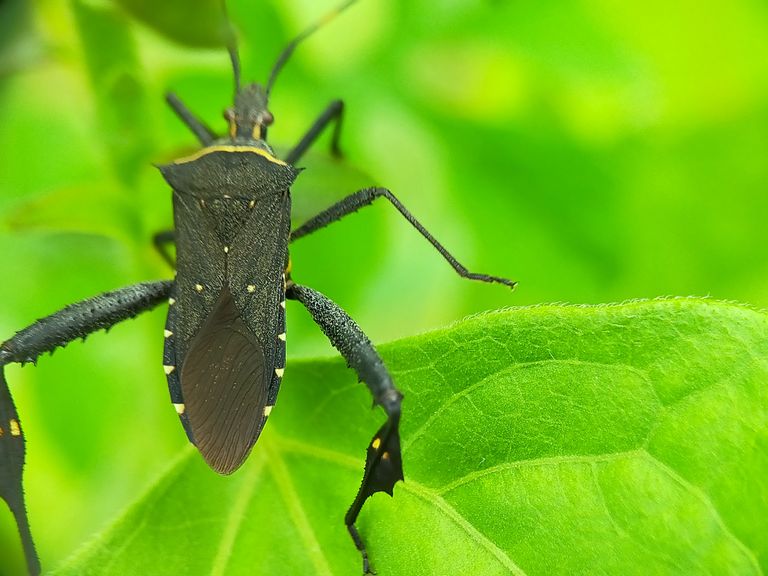


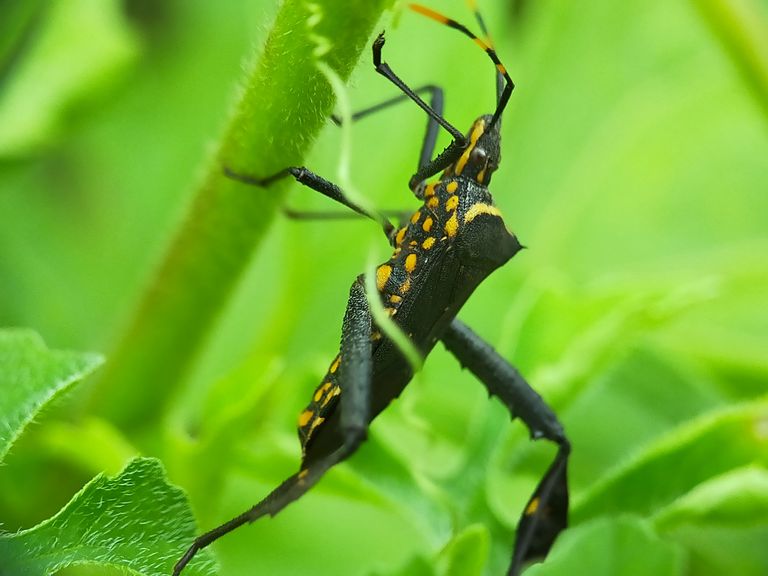
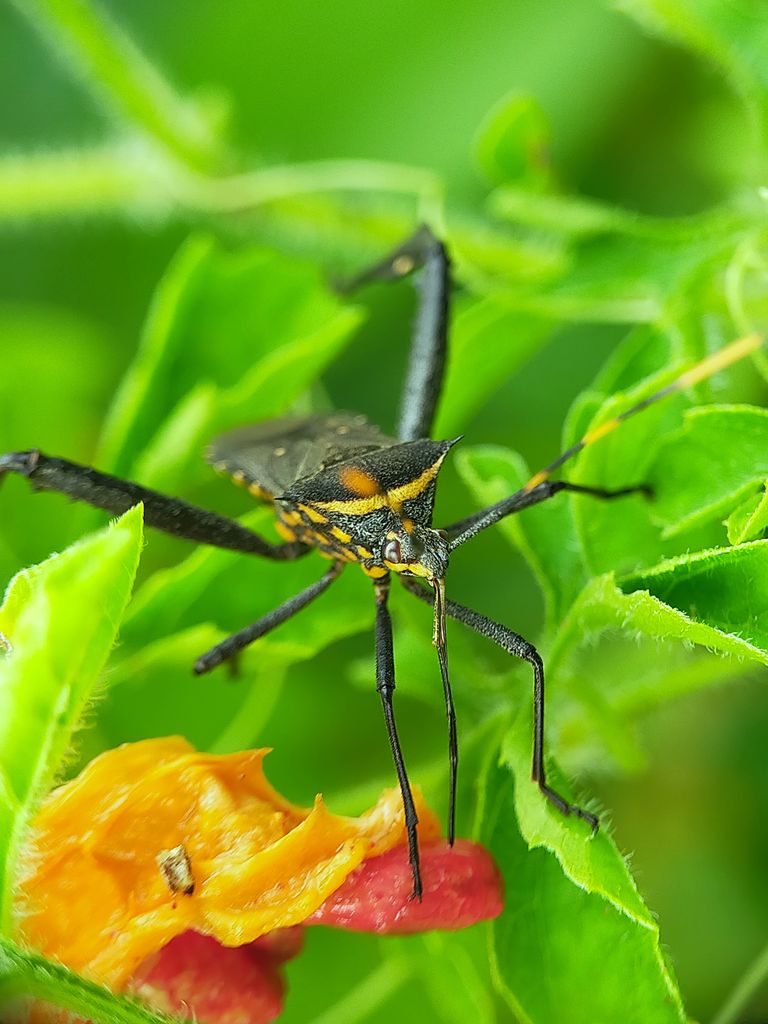
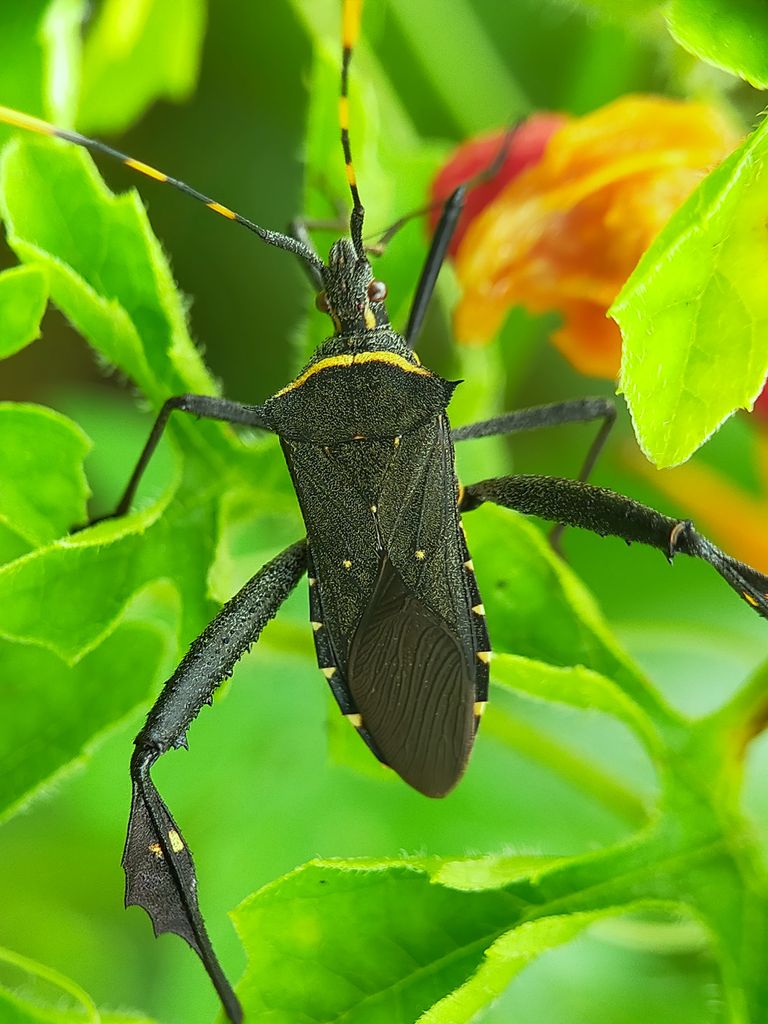

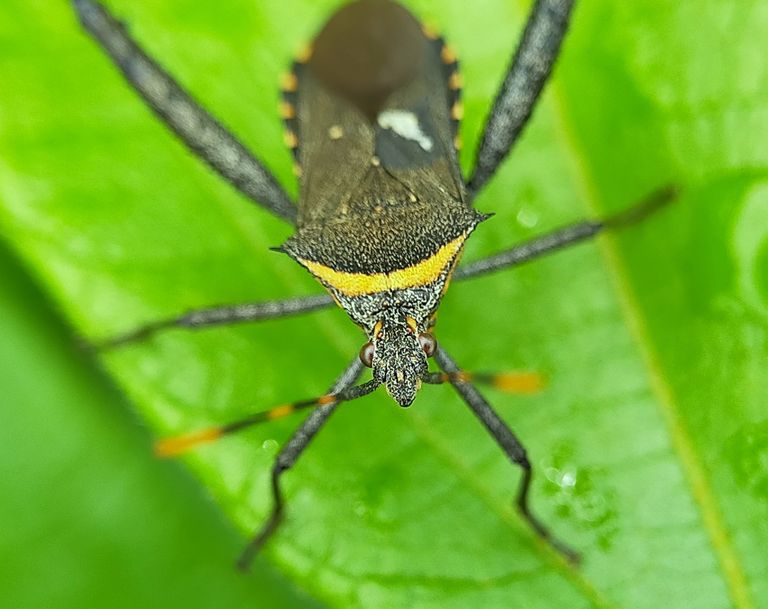
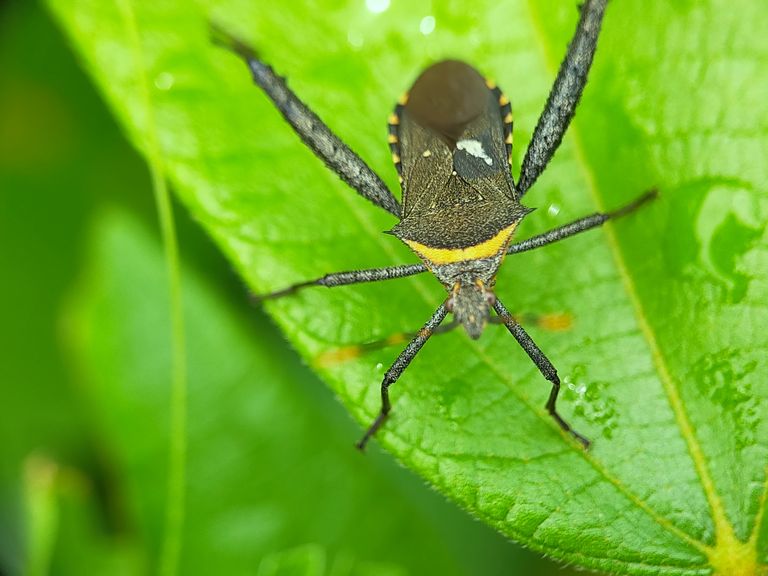

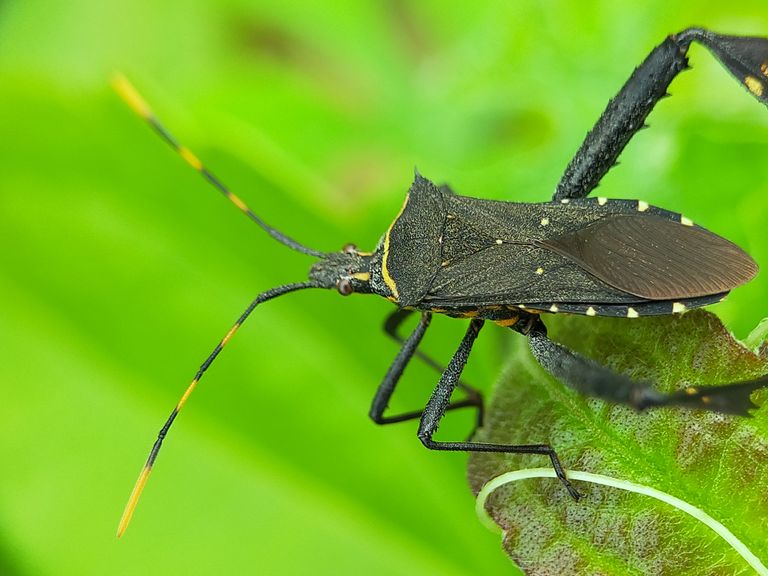
This is all I can say more and less I apologize, hopefully it will be useful for me, and hopefully it will be useful for all readers in general, thank you for visiting my blog, don't forget to follow and vote for my posts. , and one more thing, don't forget to share this post with other friends.
Thank you for visiting my blog, don't forget to follow and vote for me to post, and others don't forget to share this post with other friends.
Greetings to all on Blurtter....
Your Post Has Been Upvoted By THE FUZZ Curation Account